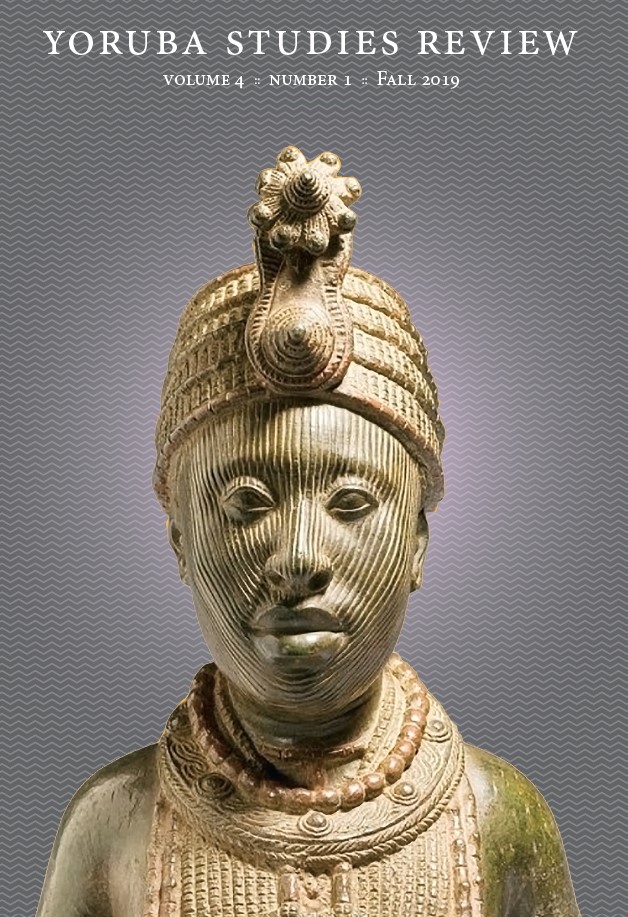Abstract
Wheeled transportation constituted a single factor that facilitated the incorporation of various African communities into the Europeans’ mercantile economy. In fact, it was an innovation in Africa where people had relied on some navigable waterways in the coastal areas, park animals in the tsetse flies free areas like Northern Nigeria and trekking along foot paths where human head porterage predominated. However, with the advent of the wheeled transportation technology, economic horizon became broader as people were provided with more profitable endeavors to engage themselves with. This essay attempts to analyze the development of wheeled transportation as a factor that was fundamental to the new developments in colonial Osun Division of Southwestern Nigeria. This is in a view to examine the diplomacies that surrounded road and rail construction in the division, Western Regional Government initiatives and the implications of the transportation technology on the divisional economy. The study depends on oral data gathered through interviews and archival materials as well as literatures that were considered relevant to the subject matter. Considering the shift of attention to the production of cash crops which were more profitable compared to the food crops, availability of new jobs as a result of the movement of the trading firms into the division and massive emigration of able bodied men and women in search of 78 Abiodun Ajayi more profitable jobs. There is therefore no doubt that wheeled transportation technology occasioned a transformation that was unprecedented in the colonial economy of Osun Division.

This work is licensed under a Creative Commons Attribution-NonCommercial 4.0 International License.
